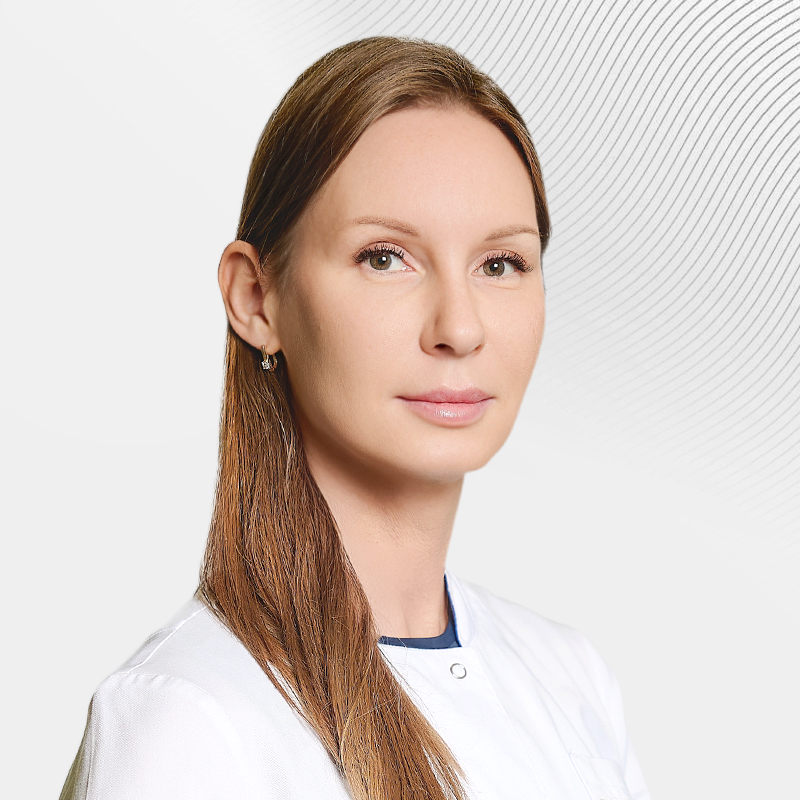ECG with load (stress test)
For the diagnosis of pathology of the cardiovascular system, samples with metered physical activity are extremely important and informative. They are usually performed using either a bicycle ergometer or a treadmill.
LOAD ECG READINGS
Diagnostic tests with metered physical activity are of the greatest value when examining patients with coronary heart disease (CHD) or suspected CHD. It is the diagnosis of coronary heart disease that is the main indication for conducting such tests. Stress tests are also performed to determine the functional class of angina pectoris, which makes it possible to evaluate the effectiveness of the drug and surgical treatment of coronary heart disease. Metered-dose tests make it possible to make a prognosis of the development of the disease, select the right level of stress for physical rehabilitation of patients, and evaluate the reaction of the body and the cardiovascular system, in particular to a certain level of stress.
Reactions to physical activity can be physiological and pathological. A pathological reaction appears in coronary heart disease and is expressed in corresponding changes on the electrocardiogram. The pathological reaction may be expressed in an insufficient increase or decrease in blood pressure during exercise, indicating a violation of the contractile function of the left ventricle of the heart. In arterial hypertension, on the contrary, an excessive increase in blood pressure may occur.
HOW IS AN ECG PERFORMED WITH A LOAD
Before the diagnostic test, electrocardiography is performed in standard 12 leads, followed by a load that increases gradually or intermittently. During the entire loading period, the electrocardiogram recording does not stop, while blood pressure is measured at the end of each subsequent load level. Each load stage lasts from 1 to 5 minutes, and the total study time is no more than 15 minutes.
The load level is measured in power units, in watts, and its initial level during the diagnostic test is 25-50 watts. The threshold load for untrained men aged 40 to 50 years is, on average, 2 watts per kilogram of body weight, for untrained women of the same age – about 1.5 watts per kilogram of body weight.
Upon completion of the test, electrocardiogram registration lasts at least 3-5 minutes until all indicators are fully normalized.
The study itself should be conducted by a doctor who knows the technique of cardiac resuscitation. The stress testing room should be appropriately equipped, including a defibrillator and other emergency equipment for cardiogenic complications.
PREPARATION FOR AN ECG WITH A LOAD
Before the diagnostic stress test, the patient should stop taking nitrates at least 24 hours in advance, and beta blockers at least 48 hours before the start of the examination. At the same time, antianginal drugs may not be subject to withdrawal if it is necessary to assess their effect on exercise tolerance in a patient with established angina pectoris. A positive load test (that is, a test that revealed signs of ischemia on an ECG) is an indication for examining the coronary arteries with contrast agent administration (MSCT coronary angiography or invasive coronary angiography).
CONTRAINDICATIONS TO ECG WITH LOAD
Diagnostic stress tests are contraindicated in patients with unstable angina or acute myocardial infarction, various types of arrhythmias, high degrees of sinoauricular and atrioventricular blockages, decompensated heart failure, acute myocarditis and pericarditis, uncontrolled hypertension, aortic aneurysm or aortic stenosis. The list of diseases in which exercise testing is contraindicated also includes systemic diseases during exacerbation, acute thrombophlebitis and acute cerebral circulatory disorders.
Get help
Specify your contacts and we will contact you to clarify the details.
Doctors
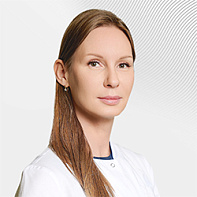
Anastasiya Titova
SP is a specialist in the diagnosis of blood vessels of various localizations, as well as EchoCG, Doctor of the highest category
-
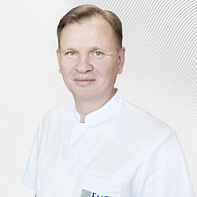
Aleksey Ivanov
Ph.D. of Medical Sciences
-
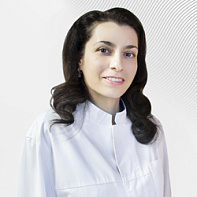
Tamara Dzhordzhikiya
Doctor of the highest category, Ph.D. of Medical Sciences
-
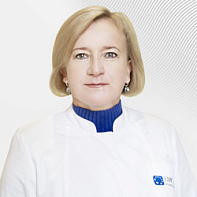
Vasilevskaya Irina
Pediatric cardiologist, polyclinic, Ph.D. of Medical Sciences
-
.jpg)
Songurov Rashid
-
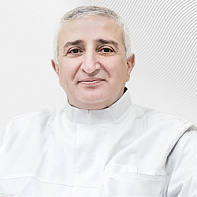
Pursanov Manolis
Doctor of Medicine, Professor
-
Sopetik Vitaliy
-

Kondrashova Evgeniya
-
.jpg)
Znamenskiy Vladislav
-
.jpg)
Rzaev Farkhad
Ph.D. of Medical Sciences
-
.jpg)
Urbanov Alexander
-
.jpg)
Plakhova Victoria
Doctor of Medicine
-
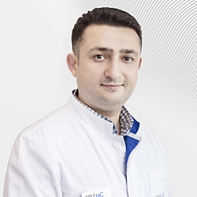
Safarov Perviz
-

Malyutina Elena
Doctor of the highest category, Doctor of Medicine, Professor
-
.jpg)
Karimova Elena
Ph.D. of Medical Sciences
-

Titov Petr
Head of the Anesthesiology and Intensive Care Unit of the Department of Cardiology and X-ray Endovascular Methods of Diagnosis and Treatment, Doctor of the highest category
-

Ermolaev Pavel
-
.jpg)
Danilenko Sergey
-
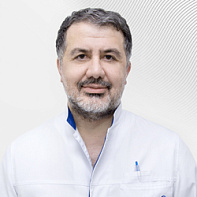
Kavteladze Zaza
Scientific Consultant of the Department of X-ray Endovascular Diagnostics and Treatment of EMC, Doctor of Medicine, Professor
-
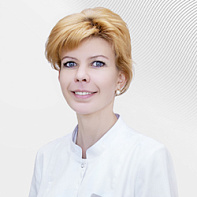
Anikeva Evgeniya
Head of the Hospital of the Department of Cardiology and X-ray Endovascular Methods of Diagnosis and Treatment
-
Anastasiya Titova
SP is a specialist in the diagnosis of blood vessels of various localizations, as well as EchoCG, Doctor of the highest category
- Specializes in research of the cardiovascular system, including in the framework of surgical vascular pathology, as well as in such pathologies as ACS and oncological cancer
- Field of activity — ultrasound examinations of blood vessels in all regions
Total experience
17 years
Experience in EMC
since 2025
